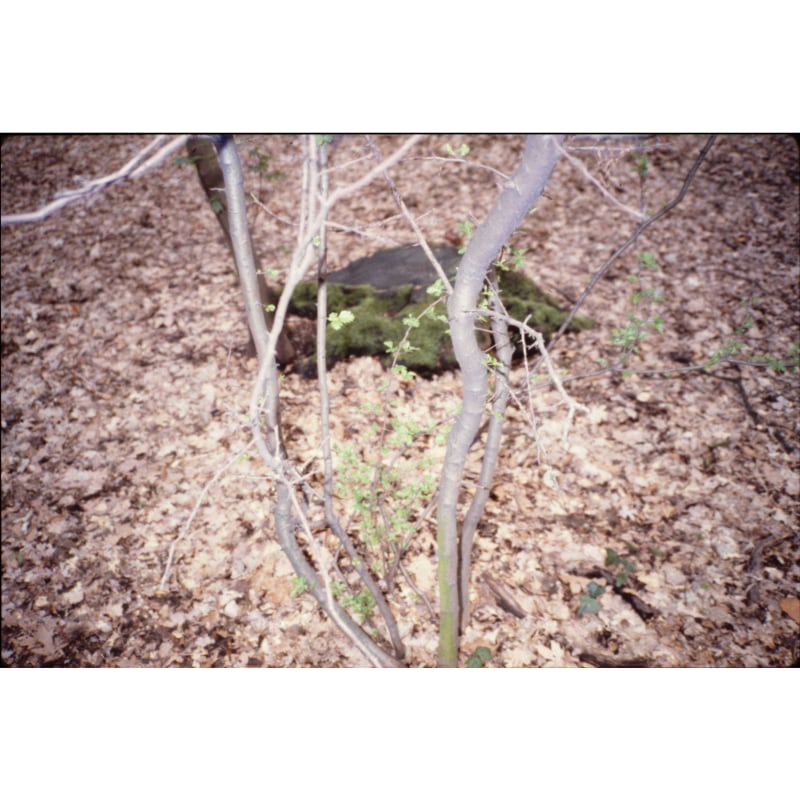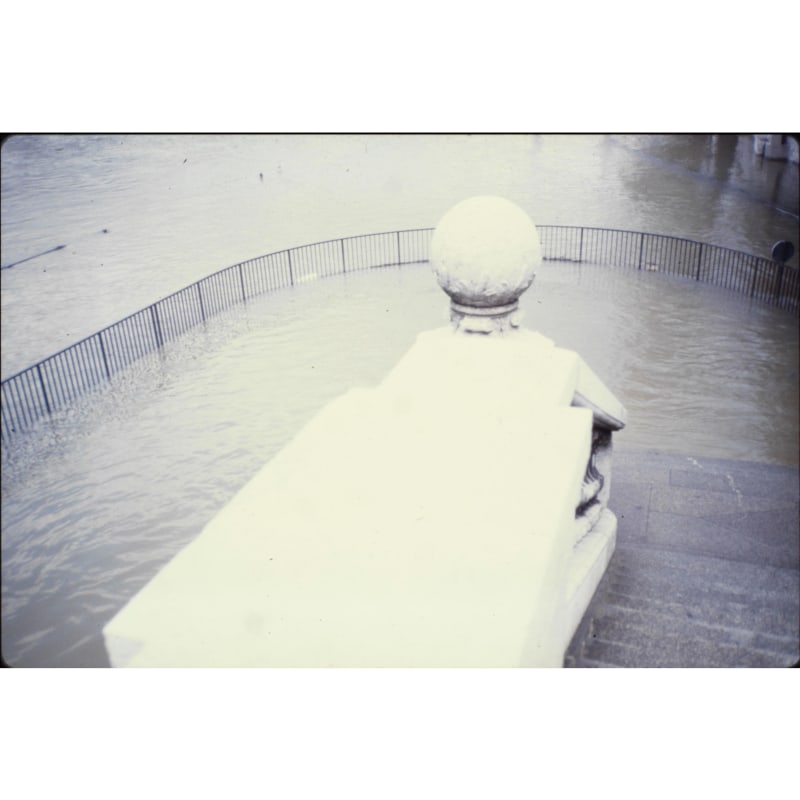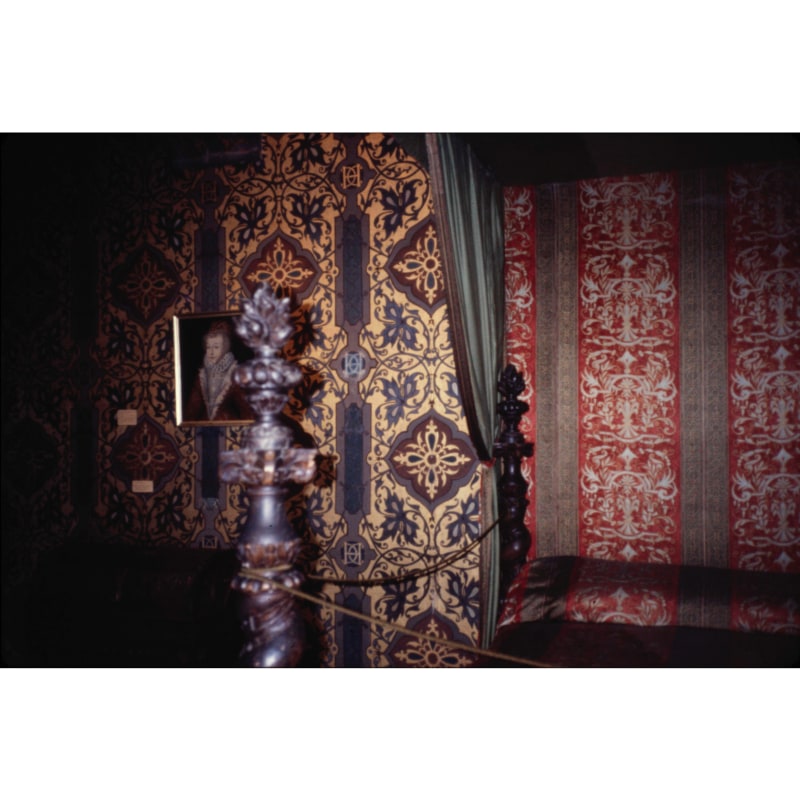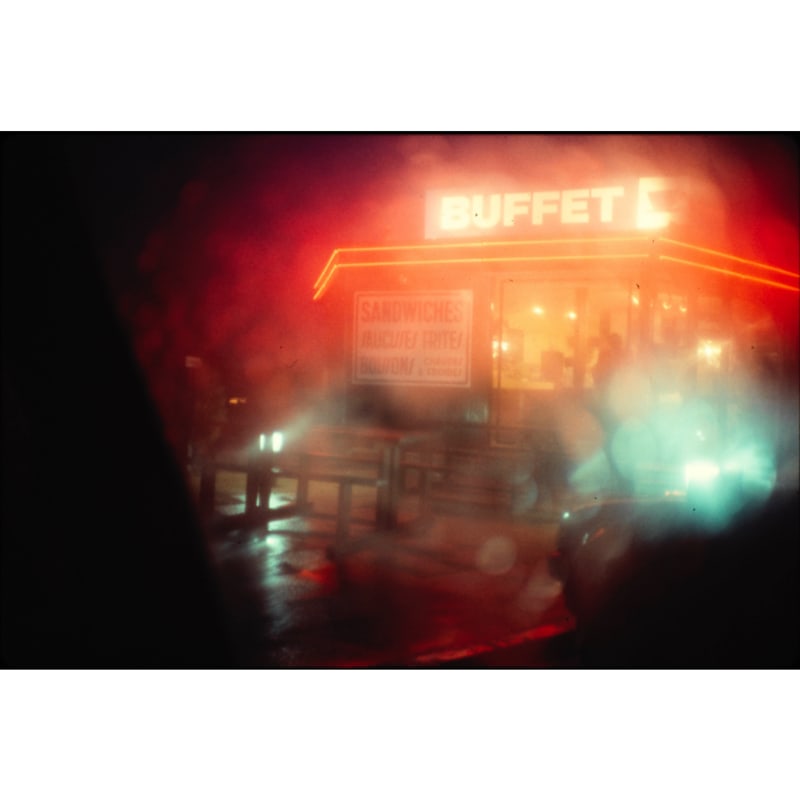Cheng Tsun-shing
Color
I wish there was a treaty
Between your love and mine
Mr. Cheng Tsun-shing has brought forth a collection of long-concealed, colored photographs, allowing them to be "exposed" beneath the exhibition hall's lighting and in the gaze of the audience. In my personal view, instead of seeing them as the dimly glimpsed relics of the past and thus feeling nostalgic for the time that is irretrievable, it's more intriguing to contemplate whether these photos, as material entities, possess a form of life. This collection of colored photographs begs the questions of what the effect time has on them and how color stands the test of time. One of the effects of time, or perhaps the test of time, is the "fading" of colors. Even though these photos have been stored away on the shelf for an extended period without exposure to light, their colors continue to change. One noticeable change is the fading colors that remind us of time's relentless march. These photos must have experienced moments of vibrant splendor but also transitioned into moments of quiet and even sombre obscurity as time passed. Both jubilant celebrations and contemplative introspection were once part of their existence. Perhaps the ultimate destiny for these colored photographs is an endless expanse of void. In this exhibition, Mr. Cheng presents faded film photographs, embracing the magical touch of time and acknowledging its relentless force. This, in essence, is an inquiry into the nature of time. The colored photographs showcased by Mr. Cheng in this exhibition were captured and printed using the techniques of color photography from the film era. On photographic paper or film, whether it's the dye application method or the process of image color development, the goal was to allow the emulsion, containing silver salts or dyes, to conceive light. This act of "conception" is a dynamic and continuous process of storing and radiating the energy of light. In essence, the emulsion on the photographic paper is a living entity. Consequently, colored photographs can be viewed as living entities as well. The photosensitive silver salt emulsion or dye applied to the color photographic paper consistently undergoes a fermenting and incubating process, resulting in unforeseeable and uncontrollable hues. This is an internal and perpetually evolving process. After absorbing the energy of light, the images on the photographic paper simultaneously emit energy and the charm crafted by the lens. The film absorbs light energy, the photographic paper dissipates the energy accumulated on its surface, and time silently consents, delighting in witnessing this dissipation process and the resulting changes. Perhaps it is in this inexhaustible transformation that photography finds its most captivating essence.
Maybe color photography is destined to evolve from vibrant splendor to serene simplicity. In their prime, the emulsion dyes are vivid and full of life. However, as time marches toward decline, their vitality gradually fades, and colors lose their once brilliant intensity – a natural course of events. However, strangely enough, the fading vibrancy and the waning of vitality may not be such a bad thing. On the contrary, the anxiety brought about by excessive exuberance slowly dissipates. In its place, a sense of calmness emerges from the depths of the paper, revealing a fundamental base color with an unprecedented enduring quality. This base color settles in our eyes and hearts, offering a lasting sense of tranquility and composure. This, in a way, is the fundamental essence of color photography. At this point, time arrives in a simple and unassuming manner. The gradually stabilizing sense of composure and serenity has already locked time in its embrace, yet it continues to evolve in some mysterious way within the bounds of time itself. This evolution has given birth to the more contemplative hues in Mr. Cheng's photographs today. Mr. Cheng has, letting go of the development of all living things latent in his photographic to be arranged by eternity, relinquishing control over the expected outcomes and embracing the enigmatic and unpredictable result. Despite the digital era's superior image reproduction capabilities compared to the traditional daguerreotype, the most significant distinction lies in the fact that images stored in computers and various media lack a life of their own. The "corruption" of digital image files stems from damage to the medium itself and is not caused by the organic changes and decay associated with the inherent life of images. Digital images are inorganic images, and as such, they have nothing to do with the joys and pains of life. Now, Mr. Cheng has decided to unveil these photographs at this time, perhaps because he believes that his negotiations with time have reached a mutually satisfying resolution. After careful consideration and calculation, the opportune moment has arrived to uncover the secrets that time has held. Capturing the photographs was undoubtedly significant, but the timing of their "exposure" may hold even greater importance. The "exposure" of these colored photographs taken decades ago may signify Mr. Cheng's collaboration with time, his treaty with time.
Text By Gu Zheng
Perhaps, those 44 images don’t exist at all. Color is emptiness, and colors were never really meant to detach from the objects they’re attached to. Can they just appear before us, bare and raw, shouting, “Look, this is me, color itself!” Who has truly seen color? Dyers, painters, manufacturers and suppliers of pigments? In their eyes, on their hands, is it really color? Color, in the form of Shirley cards, of color swatches, is full of imaginations and assumptions of various sizes. Ideal and illusory shades. The once lively debates about the spectrum of colors, colors within and without, warm or cold, are filled with personal desires under the guise of optics, objective science, which relies on devices and discourse to capture color. Aren’t the theorists of optics and optical scientists another kind of dyers, painters, enchanted by the allure of pure color? Why do we need color after all? The necessity of color dictates choices we cannot avoid, assigning value judgments to colors, good ones, bad ones, pure or tainted ones. Mixing colors, the grand question for all artists! Without a brush, without pigments to freely splash around, color photograph is intrinsically deficient and, furthermore, confined within the bounds of standard formulaic pigments. It is like dancing with shackles, or a poet constrained by rhyme. The limitations of industrial products, how far can they take us? Can they be shattered, transcended? Light determines the reaction and expression of film and pigments, at the moment of exposure and in the darkroom. Light, with its dual nature, not only reveals color but also negates it, destroys it, cancels it out, alters the essence of color itself, even distorts the skin and form of attached objects. The negation of light bestows freedom, breaking the mutual dependence of color and objects, opening the door to the other side of illusion. My freedom rests in the ruins of hue. Mourning or celebrating the disappearance and mutations of colors and objects. A journey from magic lanterns to color negatives.
Where, oh where, is color now?
Text By Cheng Tsun-shing

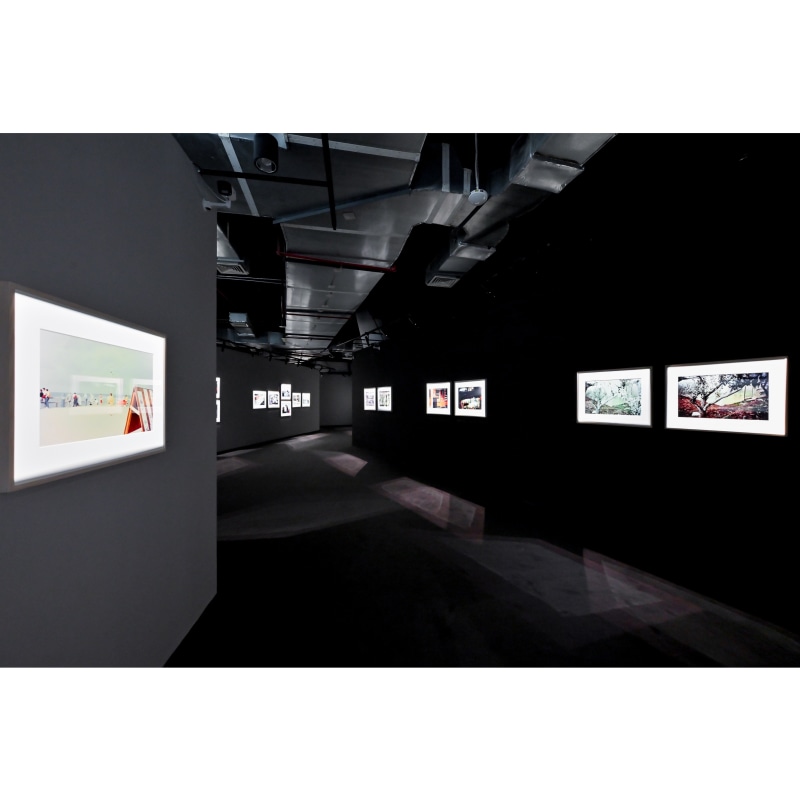

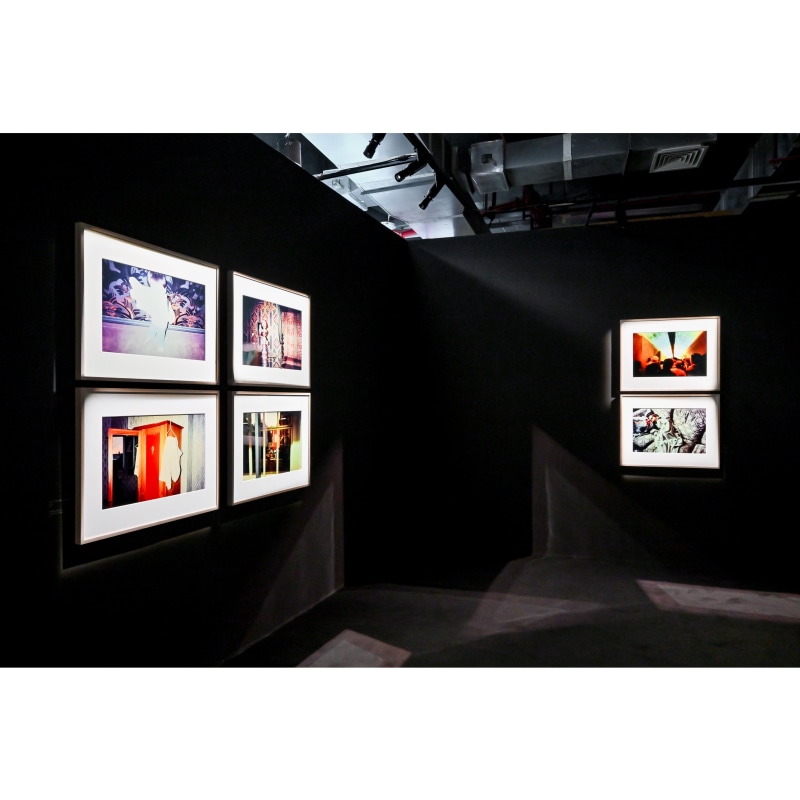

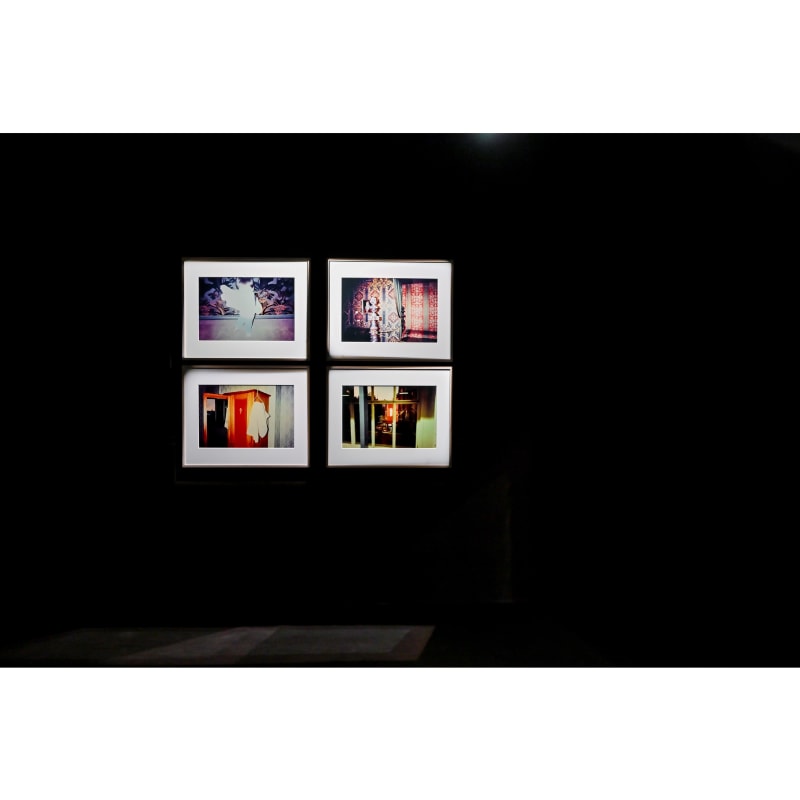

 Portrait of Cheng Tsun-shing
Portrait of Cheng Tsun-shing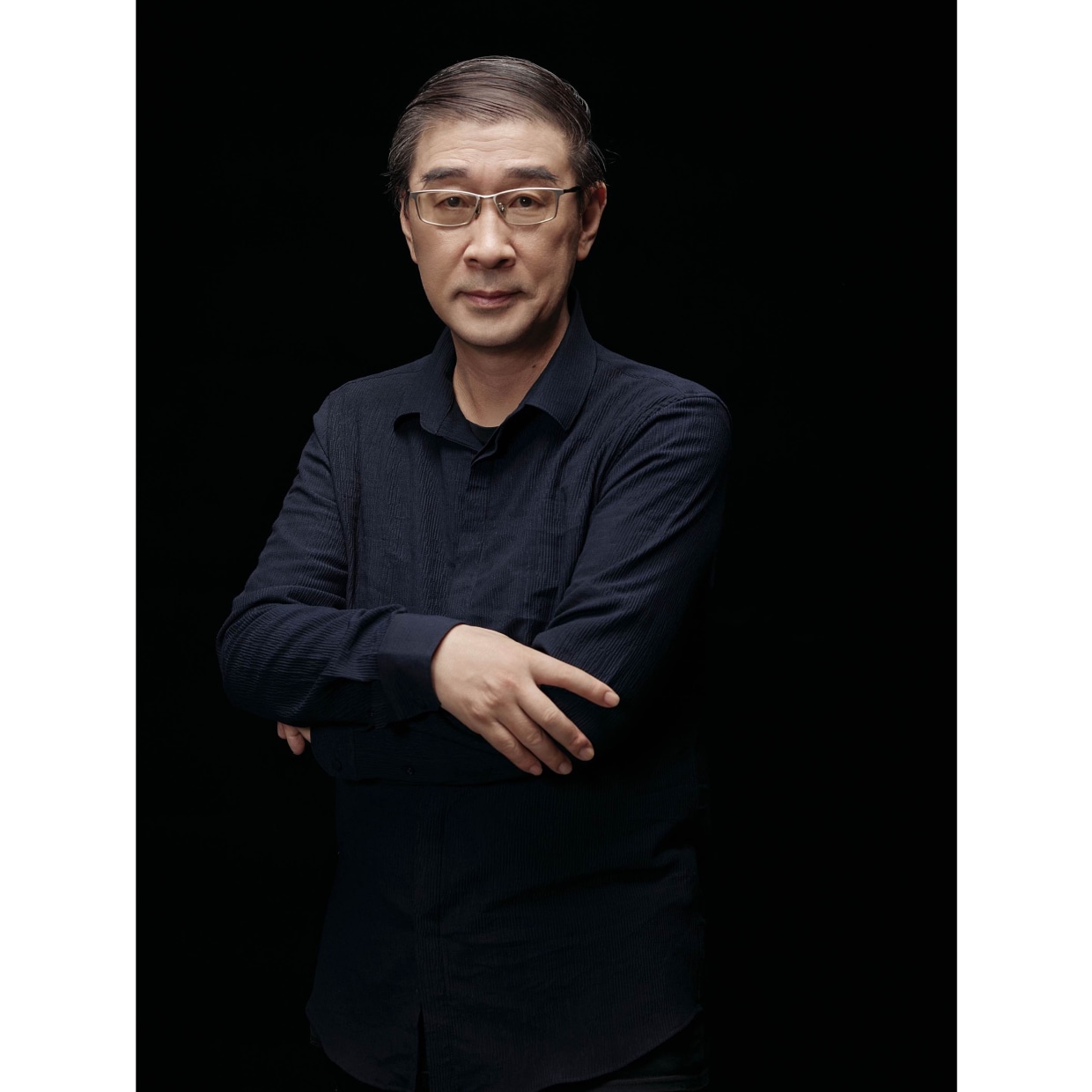 Portrait of Gu Zheng
Portrait of Gu Zheng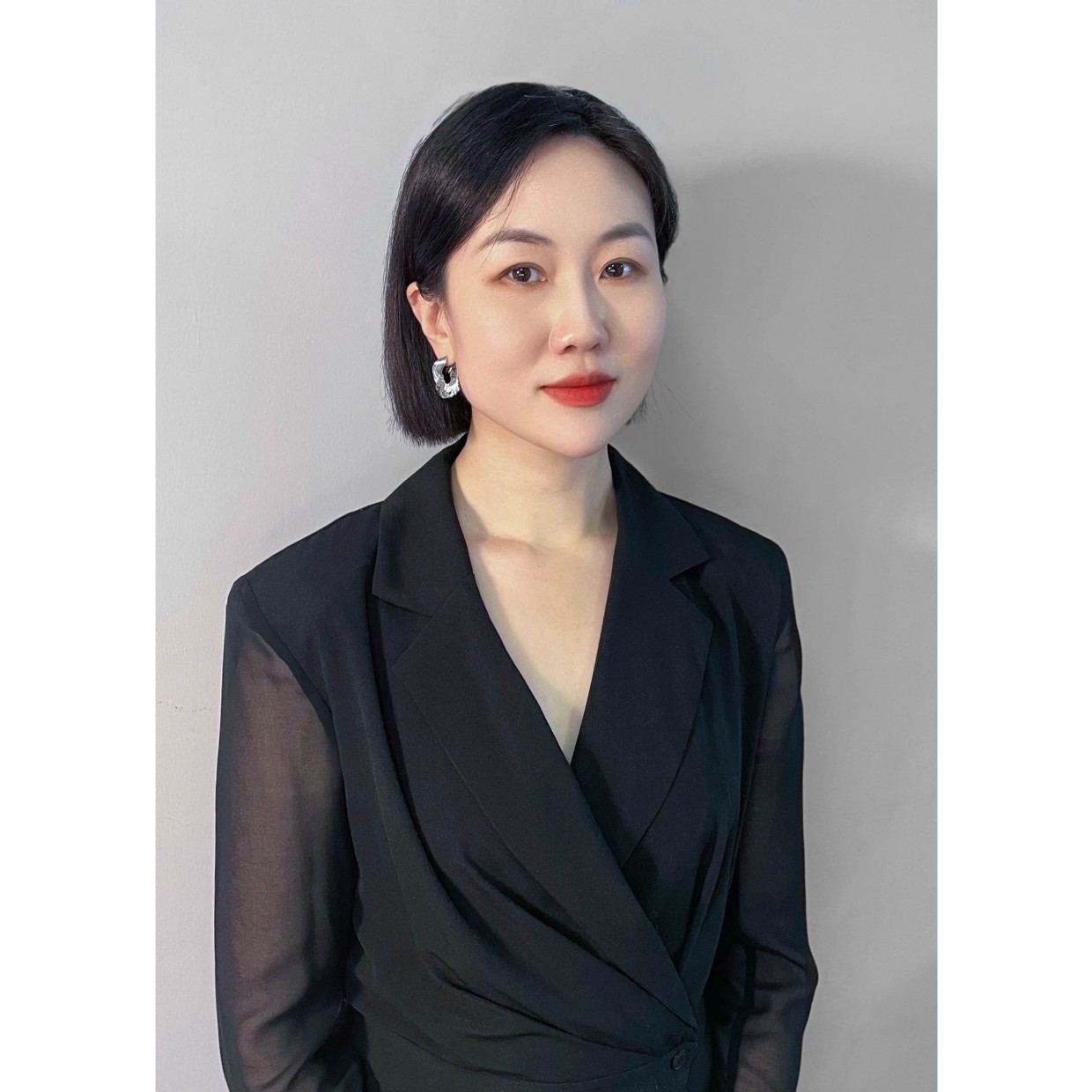 Portrait of Yan Qi
Portrait of Yan Qi

